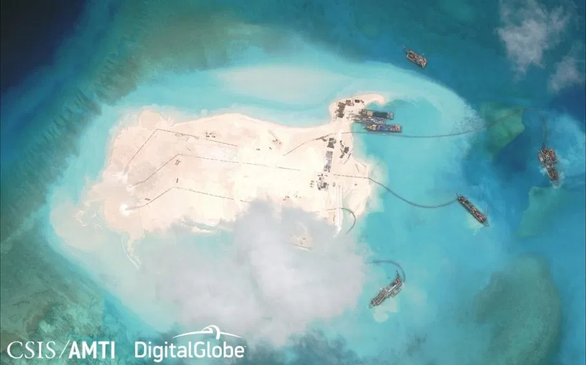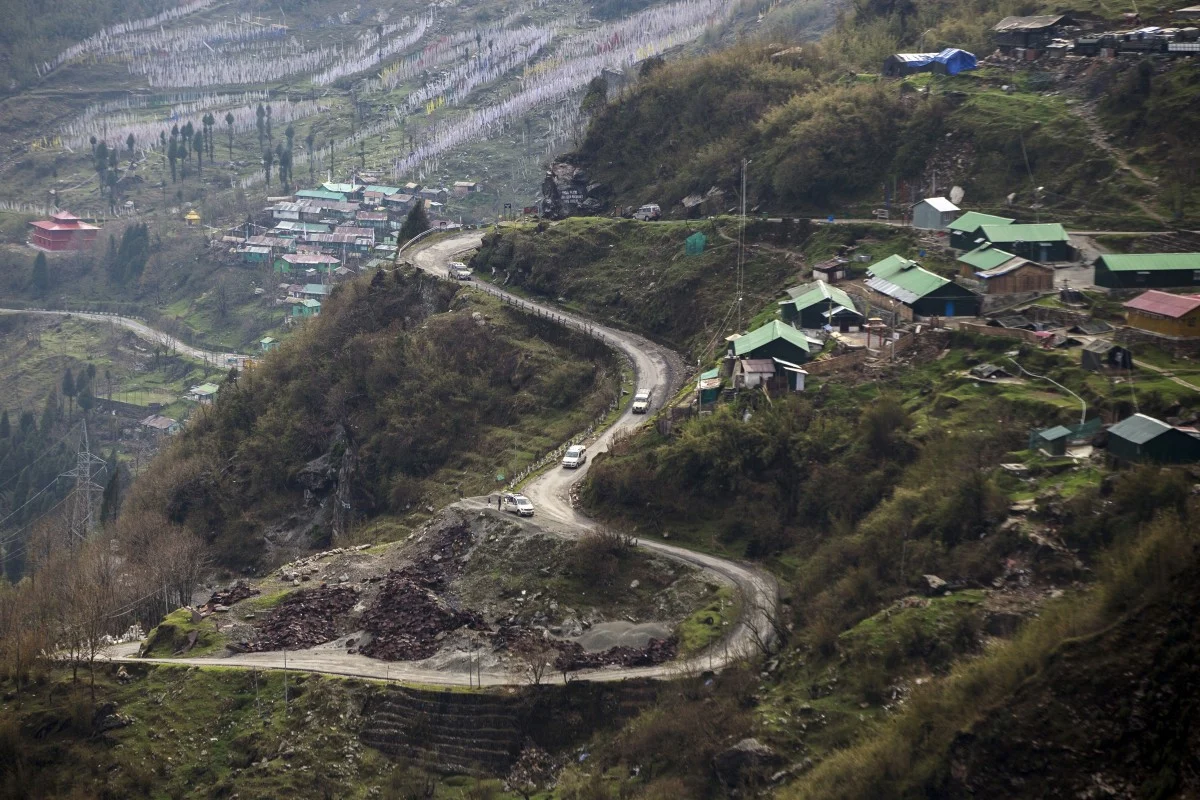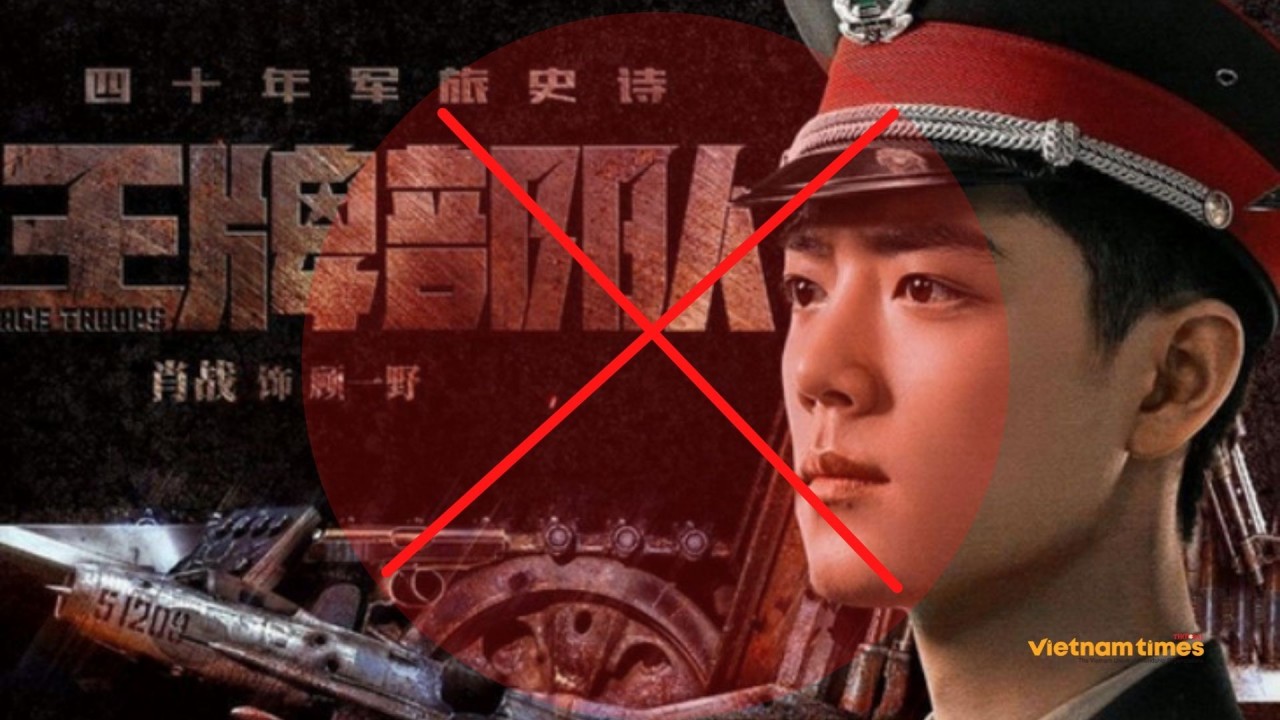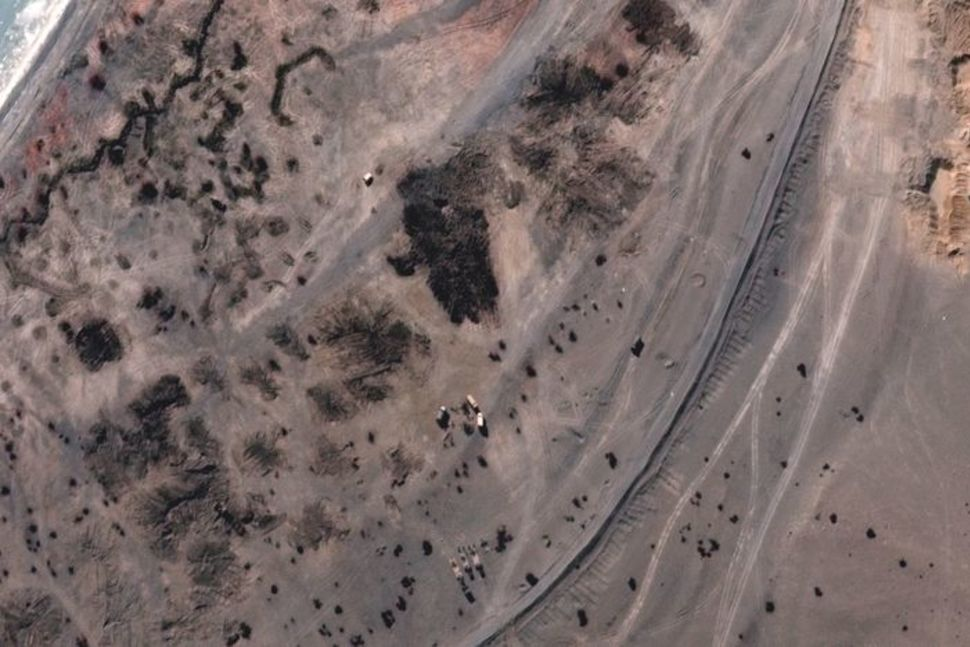China and India's border disputes threat to escalate conflicts through Asia
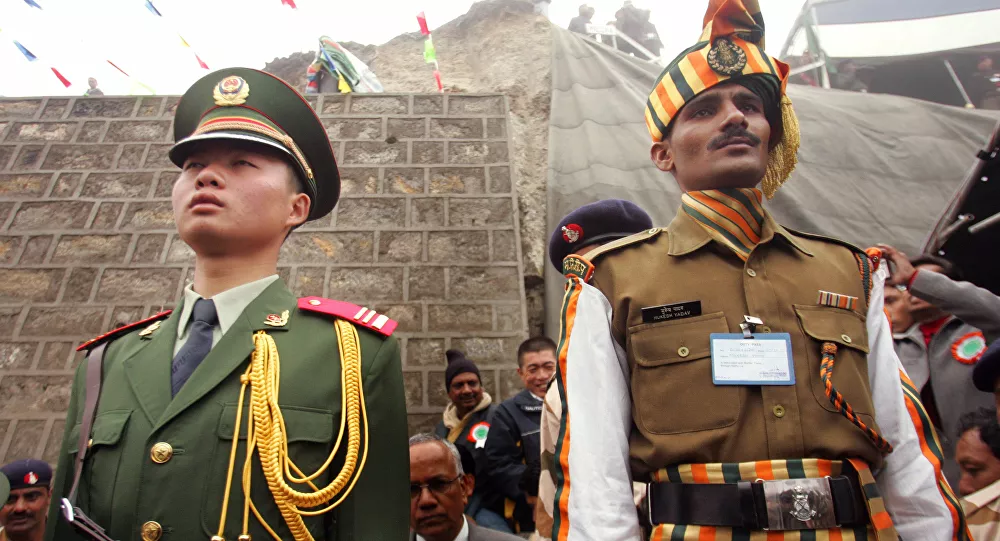 |
| A Chinese soldier,left, and Indian soldier, right ( Illustration photo on the sputniknews) |
Skirmishes between China and India along their contested border this month has ignited new tensions among the world's two largest populations and sparked fears of a wider conflict between the two major nuclear-armed powers in Asia.
When soldiers from the world’s two most populous countries, which together spend more than $300 billion on their military every year, clash, one might expect bloodshed.
But so far, Chinese and Indian troops have only thrown rocks and tried to shout each other down along an undefined and disputed border located thousands of feet above sea level.
The skirmishes are not the sort the region normally sees in the case of India and Pakistan, who fire artillery shells and use heavy weaponry on each other - often inflicting civilian casualties.
Yet, there are growing concerns that recent tensions between the militaries of China and India, along what’s known as the Line of Actual Control (LAC), will lead to a bloody fight, reported the trtworld.
“Not since 1975 has a bullet been fired across the shared border. As a result, the theory that Sino-Indian clashes are flashes in the pan and unlikely to lead to more extensive fighting has become a widely held consensus,” Professors Sumit Ganguly and Manjeet S Pardesi wrote in the Foreign Policy.
But chances of a direct confrontation have increased as the two sides try to exert influence in the region and beyond, they add.
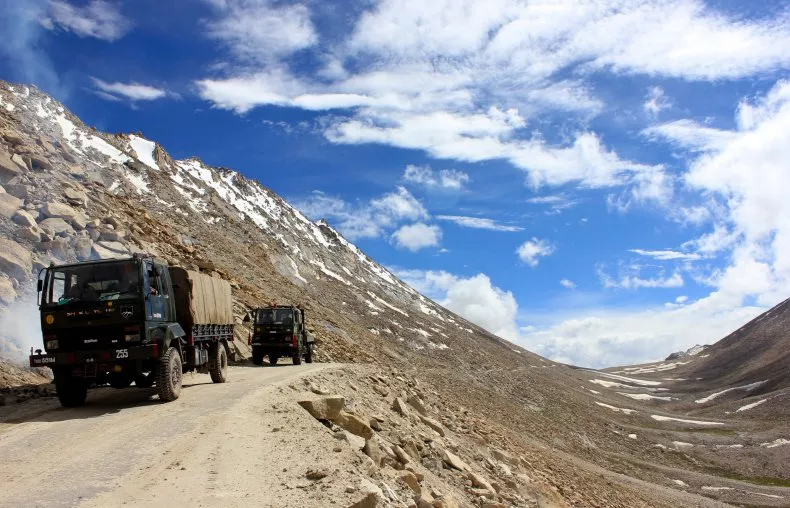 |
| An Indian army convoy moves towards the border in Pangong, a disputed territory between India and China, on August 5, 2012, in Ladakh, Indian-administered Kashmir. The region has been a hotspot for tensions between India and China for decades. YAWAR NAZIR/GETTY IMAGES |
Trouble at the roof of the world
Chinese and Indian border patrols have faced off on at least four different locations in the past month. Three of the hotspots were in Ladakh in the disputed Kashmir region, while another is at Nuka La Pass, which connects India’s northeastern state of Sikkim with China’s Tibet.
The LAC runs at 15,000ft above sea level along an undefined border that stretches thousands of kilometers from Kashmir at one end, and Myanmar on the other.
Small-scale clashes have not been unusual since 1962, when the two sides fought the Himalayan war over territorial integrity. Since then, Beijing and New Delhi have signed a number of agreements to avert any major escalation.
“No activities of either side shall overstep the line of actual control. In case personnel of one side cross the line of actual control, upon being cautioned by the other side, they shall immediately pull back to their own side of the line of actual control,” says the 1993 agreement on the management of the de-facto border.
The clashes come in the wake of a new access point that India opened in Arunachal Pradesh in India’s northeast, a region also claimed by China. India wants the access point for faster movement of troops and artillery.
In 2017, a month-long standoff on the disputed Doklam plateau at the unmarked border heightened tensions between the two countries.
China claims 90,000 sq km of its territory is under India’s control.
While India’s economy and military is many times smaller than that of China, under the leadership of Hindu nationalist Prime Minister Narendra Modi, New Delhi has been trying to redraw borders on several fronts.
And when it comes to China, Modi can count on support from China’s main rival - the United States.
Alice Wells, the top US diplomat for South Asia, says the skirmishes represent China’s attempt to assert itself just like it has done in the South China Sea.
“For anyone who was under any illusions that Chinese aggression was only rhetorical, I think they need to speak to India,” she recently told the Atlantic Council.
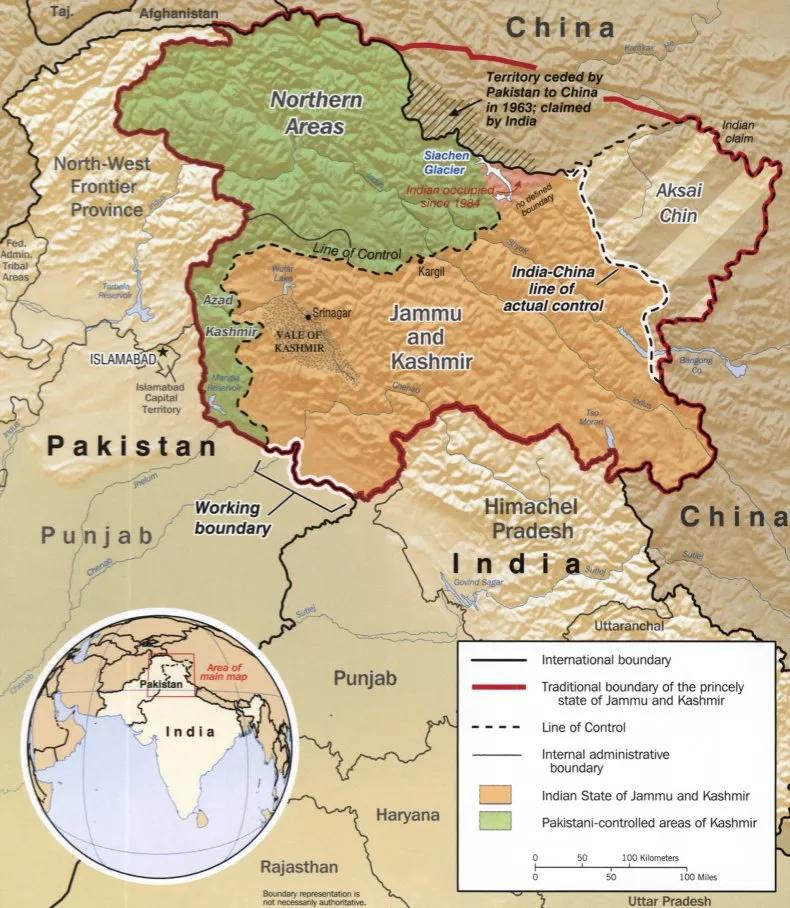 |
| A map published in 2002 shows India's disputed borders at the Line of Control with Pakistan and Line of Actual Control with China. CENTRAL INTELLIGENCE AGENCY |
Tensions elsewhere
Last year, New Delhi revoked the autonomous status of the part of Kashmir under its control. India-administered Kashmir is the only Muslim-majority region in India and is claimed by China’s staunch ally, Pakistan.
India and Pakistan have fought wars over Kashmir and were on the brink of another last year after a suicide attack killed scores of Indian soldiers.
Beijing, while arrogating the vast claims over the South China Sea to itself, has stood behind Pakistan and supported Kashmiris’ right to self determination.
Another sore point between China and India is Tibet, a region which China says is its integral part. Tibet’s spiritual leader, the Dalai Lama, and the so-called Tibetan government in exile, are based in India.
A fresh point of escalation has emerged on India’s border with Nepal. For years, New Delhi played the role of a big brother when it came to Kathmandu. But relations have strained under Modi.
The Nepalese haven’t forgotten the 2015 border blockade, which led to fuel and medicine shortages.
Soon after revoking the special autonomous status of the disputed Kashmir territory, New Delhi issued fresh maps of its borders, which showed 62 sq km of Nepali territory, known as Kalapani, as its own.
Earlier this month, India’s defence minister Rajnath Singh remotely inaugurated a road in a territory claimed by Nepal. When the Nepali government protested, Indian army chief General M M Naravane said the Nepali agitation was at the behest of “someone else” - a reference that points fingers at Beijing.
The 1816 Treaty of Sugauli between Nepal and British India states that the Maha Kali River will form Nepal’s western border. But the two sides have often bickered over the actual location of the river.
Two more confrontations occurred by Ladakh's Galwan valley and in Demchok in recent weeks as both sides built up troops, according to some Indian media. A day after outgoing Principal Deputy Assistant Secretary of State for South and Central Asian Affairs Alice Wells described "provocations and disturbing behavior by China" at the bordering areas, Beijing lashed out at the U.S. official "talking nonsense."
"The Chinese border troops are committed to upholding China's territorial and sovereignty security, responding resolutely to India's trespassing and infringing activities, and maintaining peace and tranquility in the China-India border areas," Chinese Foreign Ministry spokesperson Zhao Lijian told reporters on May 21.
The Indian side hit back soon after, with Foreign Ministry spokesperson Anurag Srivastava calling such portrayals "not accurate" and arguing that all Indian activities were taking place within the country's sovereign territory. "In fact, it is the Chinese side that has recently undertaken activity hindering India's normal patrolling patterns," he told a separate press briefing that same day, informed the newsweek.
Both men said Beijing and New Delhi were in contact over the situation via diplomatic channels but the two sides have continued to engage in hostile rhetoric over a decades-old dispute they threatened to revitalize.
China and India fought a brief but bloody border war in 1962, ending in a ceasefire that established the Line of Actual Control demarcating the boundary between lands controlled by the two countries. Another deadly exchange took place five years later and frictions have persisted, boiling over into a hand-to-hand brawl in summer 2017.
That incident came shortly after China built a road near the Doklam or Donglang plateau and valley claimed by both the People's Republic and Bhutan, a tiny Himalayan kingdom friendly with India. Ahead of the latest dust-up this month, India began paving a road near the disputed Pangong Tso Lake in Ladakh, one of several moves Chinese state media has warned could provoke a conflict even more serious than their last three years ago.
Washington has cautioned regional governments such as Kathmandu and Islamabad against growing too close to Beijing over what the White House considers to be predatory Chinese practices in international relations, a sentiment frequently dismissed by Chinese officials. President Donald Trump has, on the other hand, developed close ties to Indian Prime Minister Narendra Modi as their relationship with Chinese President Xi Jinping faces a severe test over differing geopolitical goals.
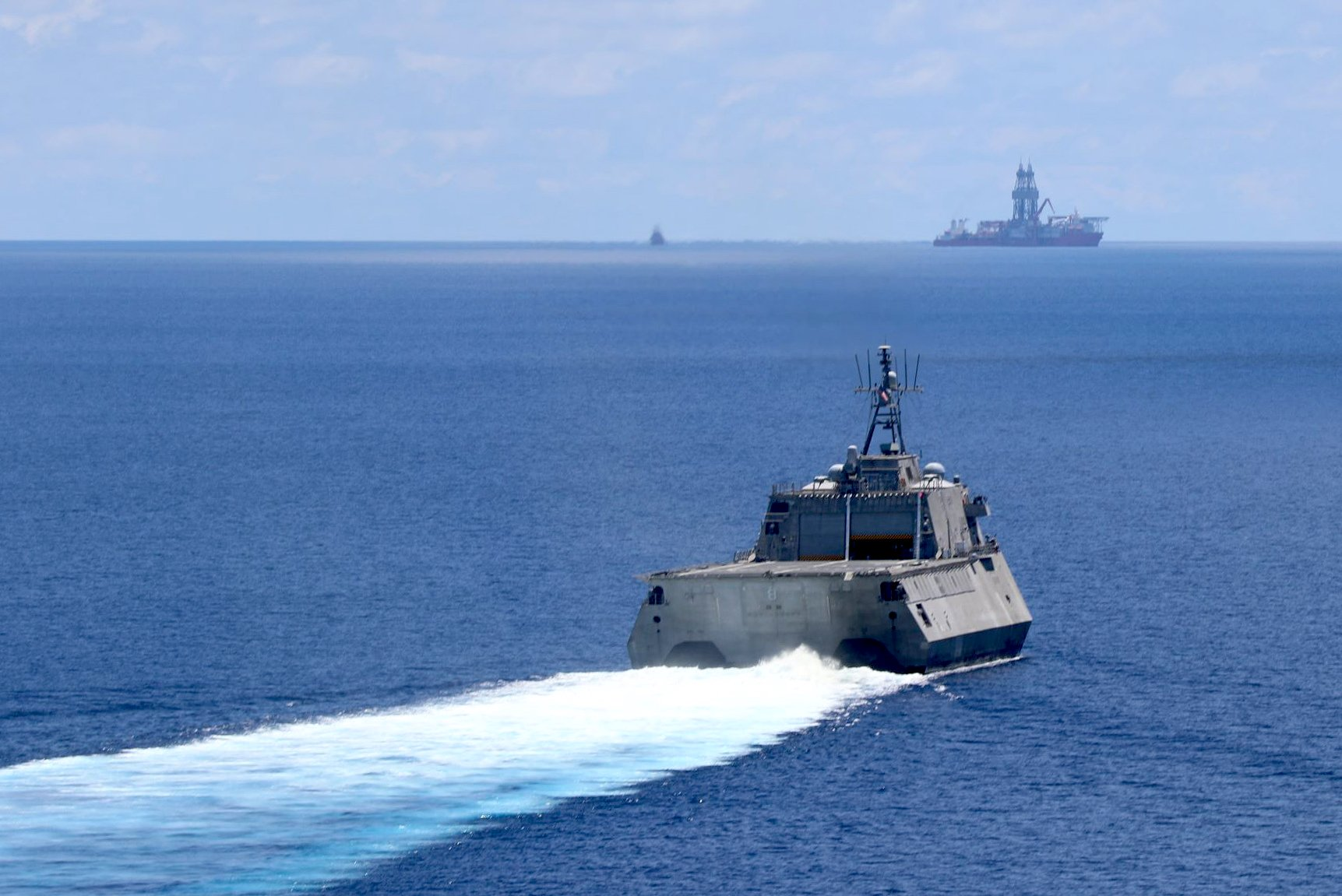 | U.S. Sends Warships on Patrol Near East Sea Standoff amid rising tensions The U.S. Navy sent a pair of ships to patrol in the vicinity of a mineral rights dispute between Malaysia and China in the South ... |
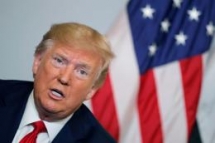 | China to be ready to negotiate with US over trade dispute The US President Donald Trump has said he expected for a trade deal with China because China sent its message to want to talk with ... |
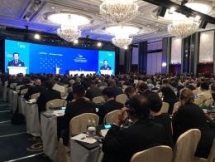 | Shangri-La Dialogue: Vietnamese Defence Minister calls on parties concerned to work together to solve disputes Vietnamese Defence Minister Ngo Xuan Lich called on parties concerned to work together to solve disputes in peaceful atmosphere, with partnership spirit and for community ... |
Recommended
 World
World
India sending Holy Relics of Lord Buddha to Vietnam a special gesture, has generated tremendous spiritual faith: Kiren Rijiju
 World
World
Why the India-US Sonobuoy Co-Production Agreement Matters
 World
World
Vietnam’s 50-year Reunification Celebration Garners Argentine Press’s Attention
 World
World
"Will continue offering our full support to Indian govt": US FBI Director after Pahalgam attack
 World
World
"Great Leader": JD Vance Lauds PM Modi During His India Visit
 World
World
Trump’s Tariff Pause: A Strategic Move from “The Art of the Deal”?
 World
World
"Indian Navy's participation in AIKEYME exercise matter of great happiness": Admiral Dinesh Kumar Tripathi
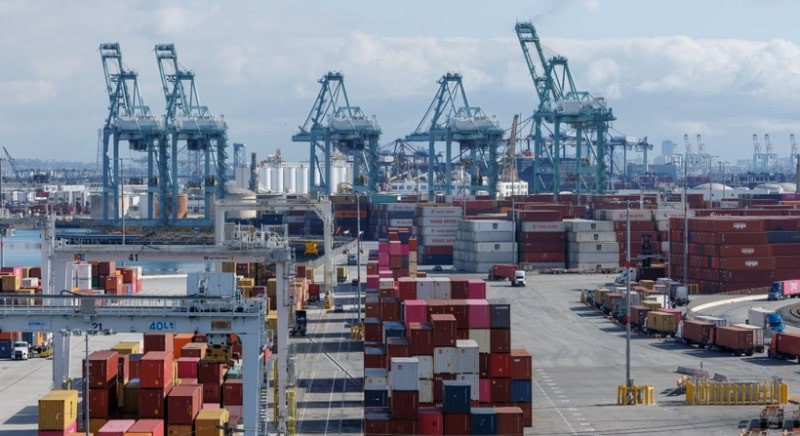 World
World

